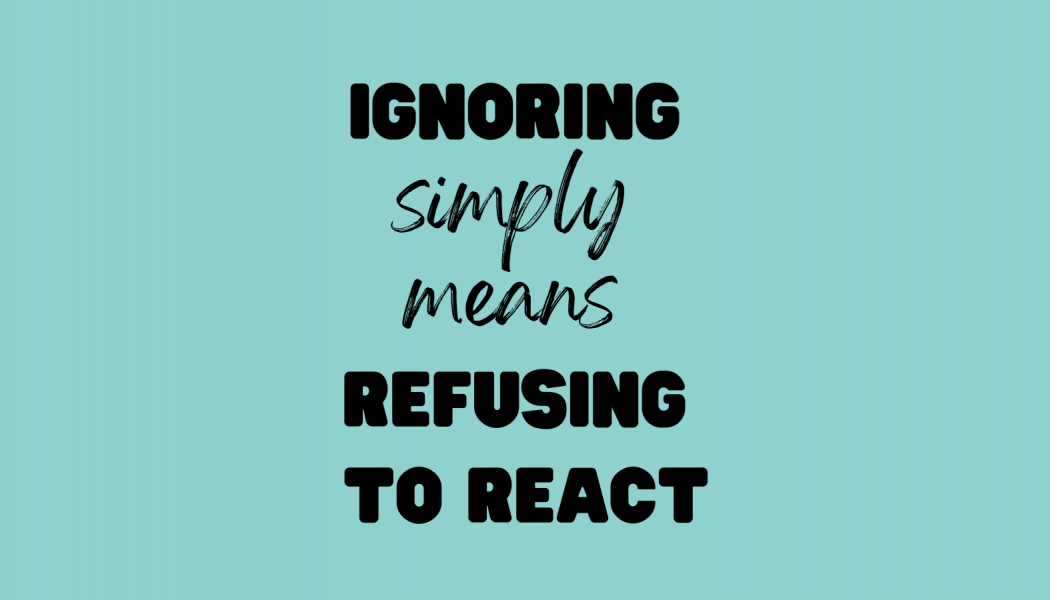One of The Most Important Behaviors to Add to Your I-Chart

Join Our Community
Access this resource now. Get up to three resources every month for free.
Choose from thousands of articles, lessons, guides, videos, and printables.
One of the best things I add to our I-charts when we are building behaviors for any independent work is ignore distractions. It is one of those small things that makes a big difference. Visitors in the classroom sometimes wonder what kind of magic I am practicing, since even the earliest learners are working so intently. But there are no enchantments, just clear expectations, modeling, practice, and explicit instruction about what to do when distractions happen (and you know they will).
We start by defining distractions and provide a few examples:
- Mrs. Sabo sidles up next to a classmate to confer.
- A parent brings cupcakes in for a birthday.
- The principal walks in to observe.
- Someone coughs, sneezes, or . . . [insert your favorite chart-friendly word for “passes gas”].
Then we proceed to learn what to do if a distraction enters the space. The best news is that almost every distraction we can think of can be handled by the first option.
- Ignore.
Ignoring simply means refusing to react, and in this setting, it can be kind of a superpower.
Then we practice ignoring. The first time we learn this is usually during independent reading, so we practice in our gathering space while students have a book in their lap. I go around the room dancing, making faces, or whispering in someone’s ear—the sillier the behavior, the better. Afterward, I praise students and commend them heartily for ignoring all the antics. “Those were big distractions. If you could stay glued to your book while I was doing all that nonsense, then you will easily be able to ignore much milder distractions when you are out in the room working.”
Occasionally, best attempts at ignoring are not successful. That is when the remaining strategies come into play. Each one is clearly modeled, demonstrated, and practiced.
- Ignore.
- Kindly ask them to stop.
- Move to a strategic spot.
- If the person follows you, you may tell the teacher.
Learning to ignore distractions creates an environment that imparts a seriousness to the work we are doing. If independent work time and stamina are flagging a bit as the year draws to a close, it may be a perfect time to give them a boost with this independence expectation.





